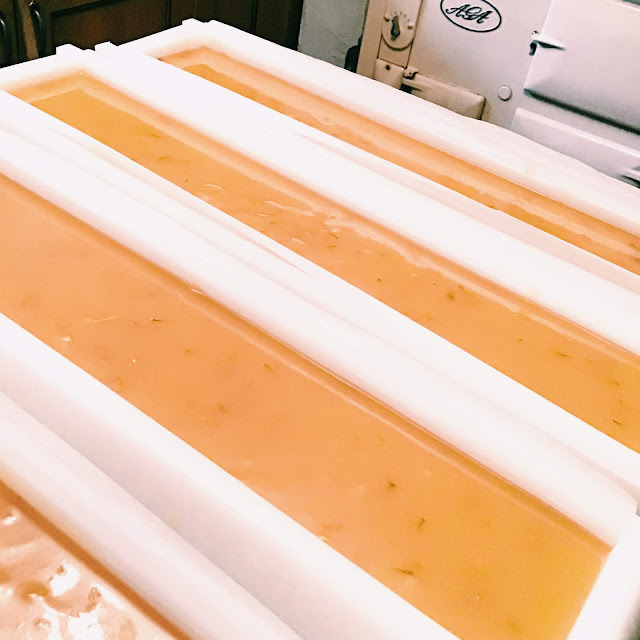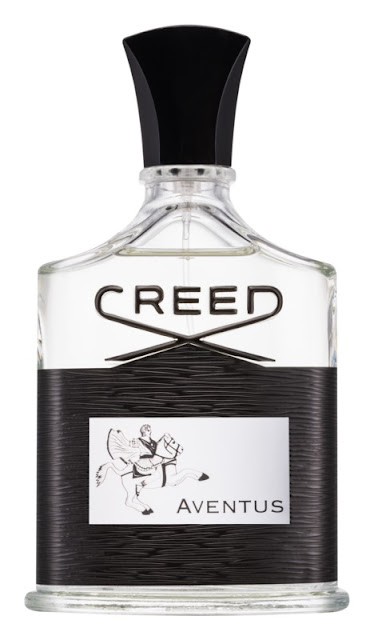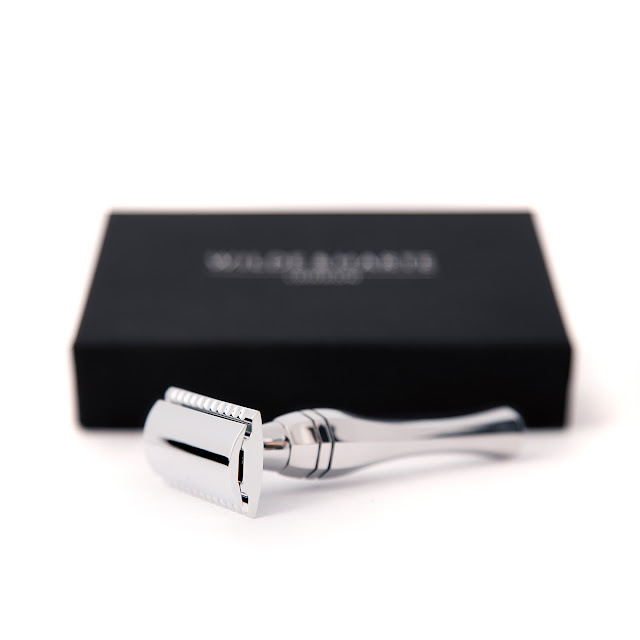 |
| Different styles: how do you find yours? (I'm with Svante Nybyggars) |
- Find out what colours suit you – experiment with trying out new colours – what have people complimented you on the past? What makes your skin look healthy and brings attention to your eyes?
Try and figure out if you have a warm skin tone (olive, freckly or golden looking) which suit colours like khaki, mustard and tan. Or a cool skin tone (pale or pink toned, or cool brown) – which look good in most blues, cooler greens like jade/forest and pink toned reds.
- Analyse the details of things you’ve bought and liked in the past - what did you like – was it the shape that suited you, did you like the fabric or texture, or was it the colour? Do you prefer things that are smooth and sleek or ones with tweedy textures and a more worn in look? Do you like a sharp silhouette or more relaxed and less structured shapes?
- Try out new things every so often. If you’re out shopping, take a “wild card” item into the fitting room with you – something you wouldn’t normally try on but like the look of. You might find it suits you and you’ve made a brand new discovery.
- Pay attention to the finishing off points – try on a size up or down to get the right fit, add a scarf or an interesting belt to your outfit. Fit is the starting point of looking good and accessories can take an outfit from looking okay to great.
- Think about your outfit as a whole – when you’re buying something new think about what you’ll wear it with. Can you layer things underneath it or on top of it? Does it need a contrast in colour between the top and the bottom to enhance it? Do the proportions work with things you have eg; if you move to wearing wider leg trousers from slim, you might need to update your footwear to something chunkier to balance them.
- Buy to fit your lifestyle –if you mainly wear practical, casual clothes every day, then spend the money on them rather than a suit that you wear twice a year. Look for practical items that have some unusual detailing, and try mixing interesting colours together, or accessorising with scarves, cool socks or belts to bring a modern edge to them.
- Go to different shops for new discoveries – and if they have helpful shop assistants, make use of them. Things change and the shop you’ve always been to may have a different designer now which isn’t your thing or you may have grown out of it. Have a look on Instagram to find new brands to try out.
- Contrasts can be interesting – if you have an outfit in one colour like navy then contrasting textures like denim, cashmere and suede work well. A blazer looks best with trousers in a contrasting colour or texture, so it doesn’t look like a mismatched suit. You can also play around with contrasting smart and casual items like a chambray shirt worn with a suit to make it look more casual.
- Update your hairstyle and glasses – you can have an amazing outfit but if your hairstyle and glasses look old fashioned then it can ruin it. It can just be a few tweaks to your hairstyle (using a bit of product / having a definite parting) or if you don’t have any hair, using a darker or more colourful frame will make more of an impact to your look.
- Figure out what you think is “you” and expand it eg: if you like tweed jackets could you try a tweed bomber jacket or overcoat? If you love the simplicity of a suit but don’t have the occasion to wear it could you replicate the pared back style with more casual things like a navy cardigan, white button down shirt, navy chinos and black leather trainers? If you always wear jeans could you try grey or ecru instead of blue, or cord instead of denim?
































